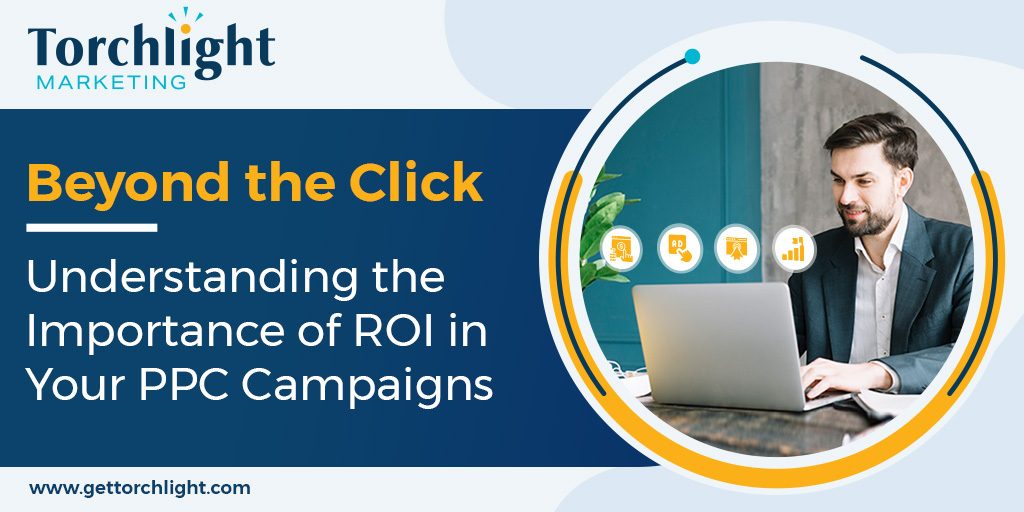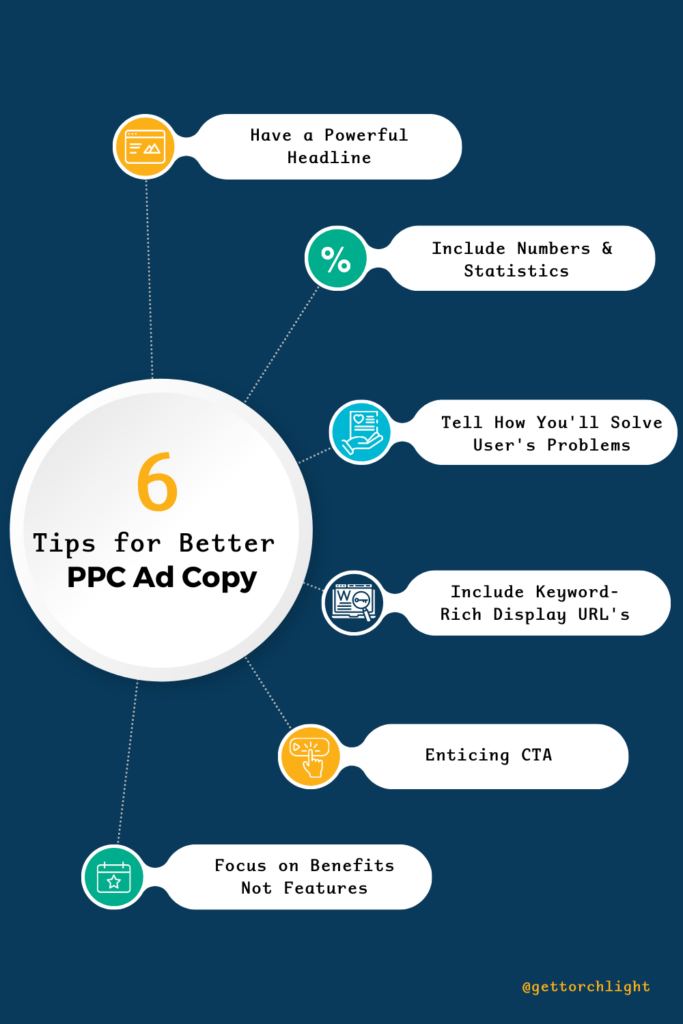Have you ever been surprised to see a restaurant close despite its popularity?
This showcases something we’ll be talking about today: popularity doesn’t equal success. In our case, we’ll be discussing it in regards to click-through rate (CTR) and return on investment (ROI) in your PPC campaigns.
Just as a restaurant may be popular and has a lot of reviews online, a high CTR indicates that your ads are attracting potential customers. However, just as popularity does not necessarily translate into financial success, a high CTR does not guarantee a good ROI. In the same way, a successful restaurant needs to not only be popular but also generate profits, and that is what ROI focuses on (profits from your ad campaign).
But the key to get there, is to truly understand the difference between the two metrics and know how to make any needed adjustments to your PPC campaigns.
Let’s get started!
Understanding CTR and ROI
Click Through Rate (CTR) measures the percentage of people who click on your ad after seeing it. It is an important metric because it indicates the effectiveness of your ad in attracting potential customers. However, CTR alone does not guarantee success. If your ad is getting a lot of clicks but not generating any sales, then it is not delivering a good ROI. In digital advertising, not all clicks are created equal. For example, we audit several accounts and frequently find clicks coming from teenagers watching music videos on YouTube.
ROI, on the other hand, measures the profit (or loss) generated by your ad campaign. It takes into account the total cost of your campaign (including ad spend and other expenses) and the revenue generated by your ads. If you know your profit margin you can calculate your minimum ROI in order to make money. Let’s say you sell $100 jeans and your profit margin is 20% – so an ROI of 5.0 is breakeven. Every $20 spent in advertising must generate $100 in sales just to break even.
The Importance of CTR
CTR helps you understand the effectiveness of your ads in generating interest and attracting potential customers.
A high CTR means that your ads are engaging to your selected audience, and that they are likely to generate traffic to your website. However, a high CTR alone does not guarantee a good ROI. You need to ensure that the traffic generated by your ads is relevant and likely to convert into sales.
The Importance of ROI
ROI helps you understand the profitability of your ad campaign. It measures the effectiveness of your ads in generating revenue and determines whether your campaign is worth the investment.
A negative ROI means that your campaign is not generating profits and that you need to adjust your strategy or evaluate the decision to stop the campaign altogether. However a positive ROI doesn’t always equate to profits either. You must determine your minimum ROI based on your profit margin in order to find what it takes for your ad campaign to be profitable. If you find your ROI is less than your baseline, you’ll want to reevaluate changes you can implement into your campaign or turn off the ads altogether.
Achieving Balance between CTR and ROI
It’s important to keep an eye on both CTR and ROI and adjust the campaign accordingly in order to achieve balance between the two. Sometimes, it may be necessary to sacrifice CTR to improve ROI.
For example, pausing or turning off certain keywords that are driving high traffic but low conversions can help improve ROI. In addition, increasing bids on high-converting keywords can increase traffic and potentially improve ROI.
It’s also important to test different ad variations to see which ones are performing the best. Split testing can help determine which ad copy, keywords, and landing pages are generating the best results. This information can then be used to optimize the campaign and achieve better balance between CTR and ROI.
Optimizing Your PPC Campaigns for Better Results
To optimize your PPC campaigns for better results, you need to focus on generating relevant traffic that is likely to convert into sales. Some tips that we like to follow are to:
- Review Your Keywords: Ensure that your keywords are relevant and specific to your target audience.
- Check Your Analytics: Look at your bounce rates for each keyword and ad. If they are higher than your site average, it may indicate that those keywords are not relevant to your target audience.
- Pause Low-Performing Keywords: If a keyword is not generating any sales, pause it and focus on higher-performing keywords. Reviewing your campaign’s performance and adjusting based on those analytics is key to having a successful PPC campaign.
- Use Negative Keywords: Negative keywords in advertising campaigns are words or phrases that you specify to prevent your ads from being displayed for specific search terms or keywords. By excluding these negative keywords, you can avoid having your ads shown to irrelevant audiences who are not likely to convert, and also reduce the cost of your advertising campaign by avoiding clicks that won’t lead to conversions.
- Review Your Ad Text: Ensure that your ad text is specific and relevant to your target audience. Avoid using generic or misleading ad copy that may attract irrelevant traffic.
When starting a PPC campaign, most people focus on getting as much traffic as possible. However, it’s important to remember that not all traffic is equal. Relevant traffic is more important than just getting as much traffic as possible. Therefore, it’s important to look at the keywords being used and ensure they are not too broad or too unrelated to the product or service being advertised.
If you repair cars, but only specific ones, utilizing “car repair” might be too broad of a keyword and result in irrelevant traffic (customers you are unable to help with your services).
For example, if you are running a campaign to sell premium watches, you may want to exclude keywords like “cheap watches,” “affordable watches,” and “discount watches” as they are not relevant to your target audience and may attract users who are looking for less expensive alternatives.
Negative keywords are vital for a well performing campaign.
Let’s use our premium watches example from above. Although you are targeting keywords such as “premium watches”, traffic volume will be extremely limited. You will have to go after more general keywords like “watches”. To deter unqualified traffic, you can put a minimum purchase of your watches in your ad. So a headline that reads “Watches starting at $2000” can also get you qualified traffic while still targeting more generic terms.
Takeaway
A successful PPC campaign requires a delicate balance between CTR and ROI. While CTR measures the effectiveness of your ads in generating interest and attracting potential customers, ROI measures the profitability of your ad campaign.
PPC can seem daunting and complicated, but having a good understanding of what your campaigns entails and what metrics to look at will help you be more successful, and most importantly, make them profitable.
If you’re on the hunt for all things PPC, check out our Fool-Proof Guide to PPC!
To learn more about our PPC services, contact us on our website or give us a call at (805) 481-0118.




